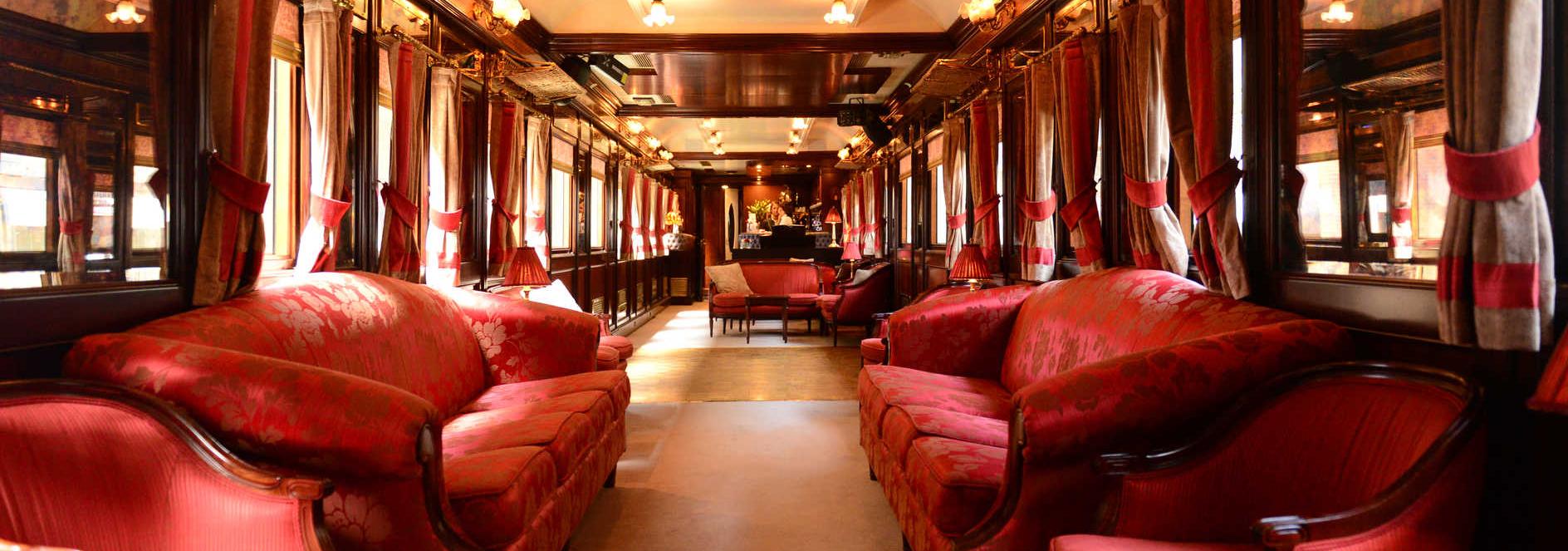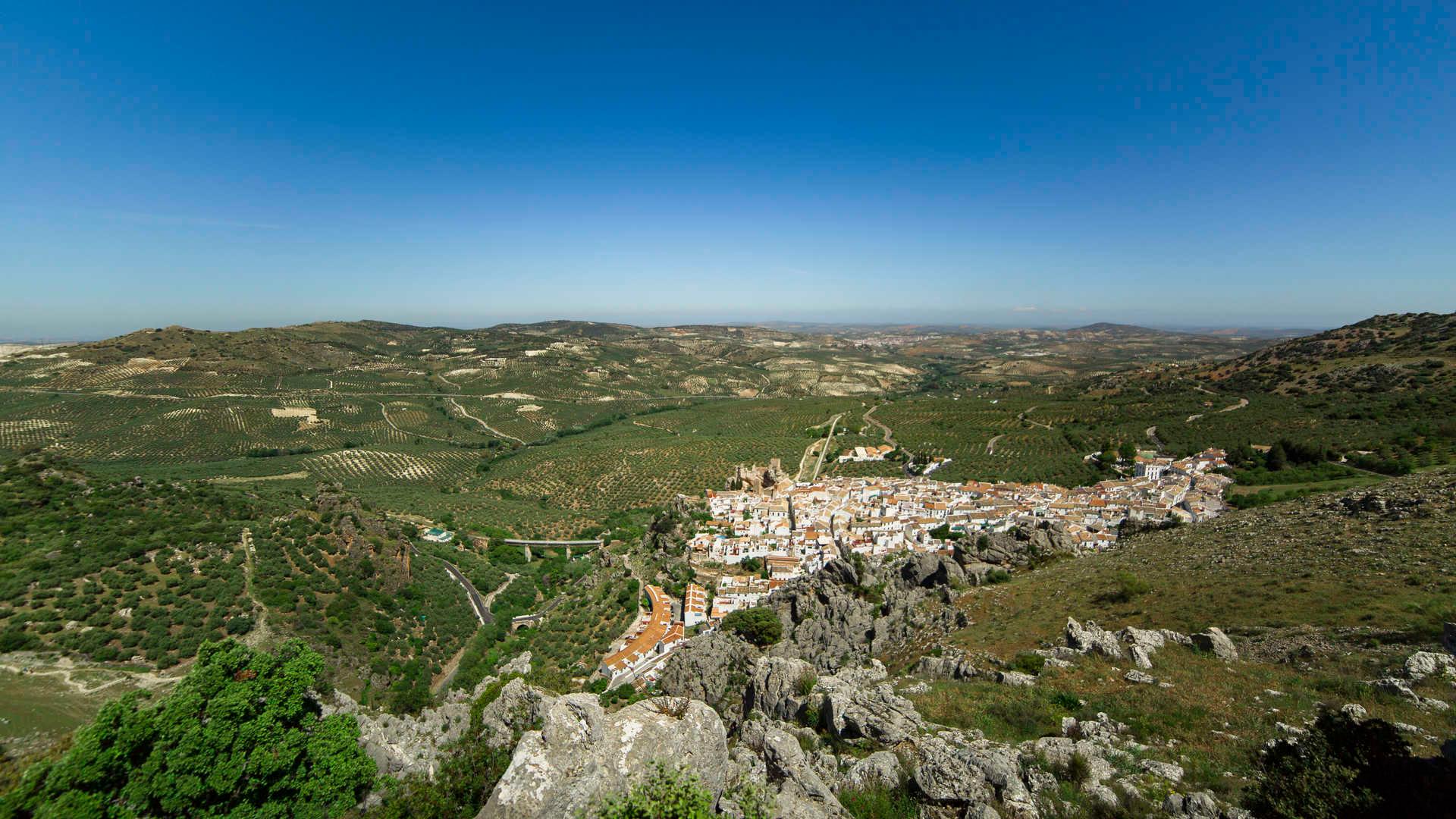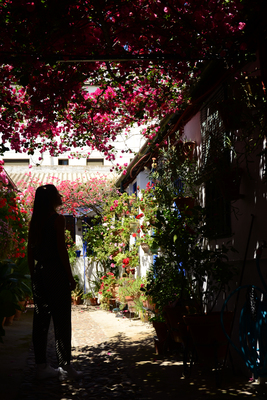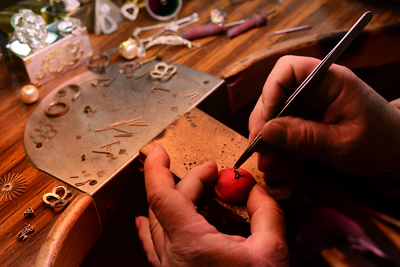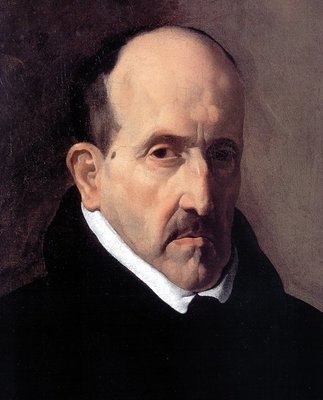Mining in Alto Guadiato
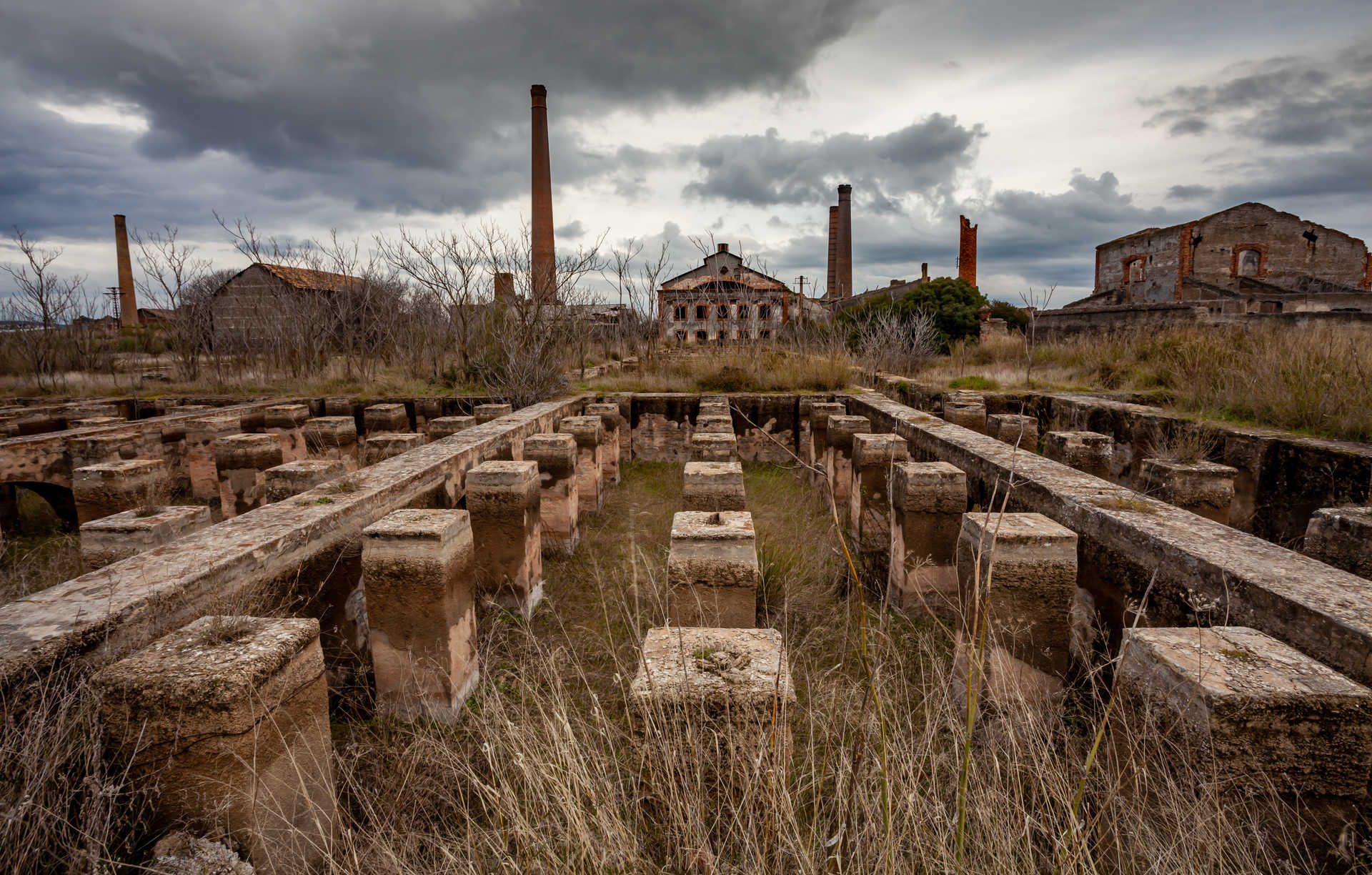
The 16 iron and stone headframes that serviced the Bélmez coal pits remain standing today as undaunted witnesses to the region's mining past. Details of the old mining tools used can be found in the History Museum in Belmez. A complementary visit should also be made to the Geological Mining Museum in Peñarroya-Pueblonuevo and the so-called Industrial Enclosure, a group of factories that were involved in the production of lead, zinc and phosphates during the 19th and 20th centuries.
The history of Peñarroya-Pueblonuevo, like that of the entire region, is linked to coal mining, that was responsible for the town enjoying a period of great splendour between the decades of the 1920s and 1960s. On stroll through the municipality, you can appreciate the great architectural legacy left by the mining activity. The heritage bears witness to a certain multicultural personality, especially a French influence. This is because, at the end of the 19th century, La Sociedad Minera y Metalúrgica de Peñarroya, a company with French capital, played a leading role in the mining operation. In the French quarter they built houses for the company directors, all with a large front garden, a fence and wooden windows. You can still see high-ceilinged rooms and large backyards in some of the homes.
The Geological and Mining Museum is located in La Yutera, an old factory in the La Papelera Industrial Estate that occupies an area of more than 10,000m2. It dates back to the second half of the 19th century and was designed by Eiffel. The centre exhibits mining prospecting tools, a collection of about 700 minerals from the five continents, a series of rocks and an explanation with regard to their ornamental uses, as well as the industrial and/or Gemological applications of minerals, a wide range of fossils and a number of models related to mining, including a scale model of an ore-washing machine.
Other exhibition centres in the region include the Cerro Muriano Copper Museum and in Belmez, the Historical Museum of Belmez and the Mining Territory. On a walk through the municipal district of Belmez, you will be able to appreciate 16 hundred-year-old towers with metallic or masonry structures, which served the mines from which the coal was extracted. They are four meters in diameter and in many cases as much as 300 metres deep. They also opened mines in Fuente Obejuna, some of which remaining active until just a few years ago, such as the Mina de María. This district also includes the town of Mellaria, a prominent administrative centre that managed mining in the region during Roman times.

